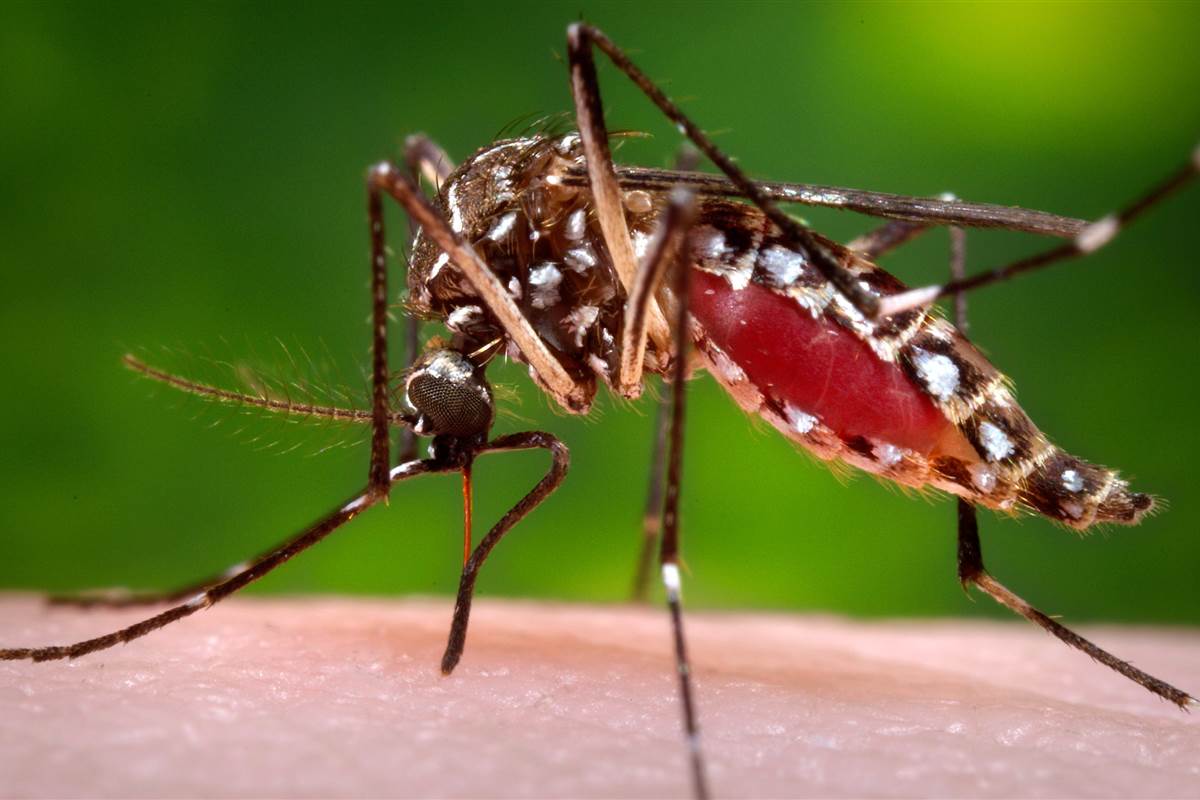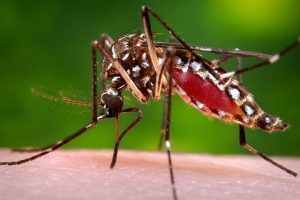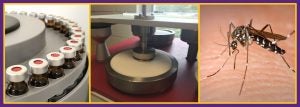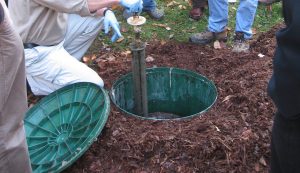VanDusen AE*, Richards SL and Balanay JG (2016). Evaluation of bifenthrin barrier spray on foliage in a suburban eastern North Carolina neighborhood. Pest Management Science 72(5): 1004-1012.
Abstract
Background
Mosquitoes can transmit pathogens through blood feeding. Mosquito control programs conduct surveillance and source reduction, treat mosquito oviposition sites and spray adulticides to protect public health. In some areas, homeowners may contract with private mosquito control companies to address mosquito-related issues.
Results
We evaluated the efficacy of barrier sprays by comparing weekly host-seeking mosquito abundance at treatment and control properties in a residential neighborhood. The chemical concentration of bifenthrin residue on foliage was quantified, and field-collected mosquitoes, primarily Aedes albopictus, were tested for bifenthrin resistance using bottle bioassays. Mosquito abundance at treatment properties was significantly (P < 0.05) lower than at control properties. Quantities of bifenthrin detected on foliage from treatment properties was not correlated with mosquito abundance. No bifenthrin resistance was detected in captured mosquitoes.
Conclusion
Based on the rate of application, we expected that chemical analysis of bifenthrin residue would show similar concentrations of bifenthrin on foliage in treatment areas. Although mosquitoes were not bifenthrin resistant, further studies are needed to evaluate the extent to which resistance changes over time with repeated applications. Findings from this study provide insight into control methods commonly used by mosquito control companies and could potentially be used to guide future mosquito management strategies.
*Amber VanDusen is a graduate of our MS Environmental Health program.




